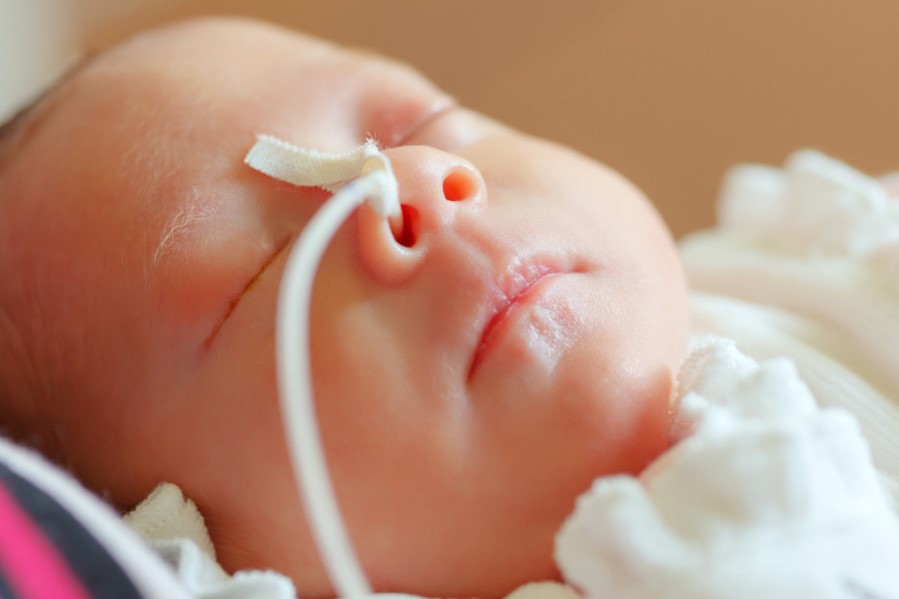
What is transient tachypnoea of the newborn, or neonatal wet lung syndrome?
Transient tachypnoea of the newborn is a transient respiratory distress caused by delayed reabsorption of fetal lung fluid. Symptoms and signs include tachypnoea, retractions, grunting and enlargement of the nasal fins
The diagnosis is suspected when there is respiratory distress shortly after birth and is confirmed by chest X-ray.
Treatment is supportive therapy and oxygen.
Important physiological changes accompany the birthing process, sometimes unmasking problems that were not apparent during intrauterine life.
For this reason, a neonatologist with resuscitation skills must be present at the time of delivery.
Gestational age and growth parameters help to identify the risk of neonatal pathology.
CHILD CARE PROFESSIONALS IN NETWOK: VISIT THE MEDICHILD BOOTH AT EMERGENCY EXPO
Who is affected by transient tachypnoea of the newborn?
Transient tachypnoea of the newborn affects premature infants, term infants delivered by elective caesarean section without labour, and infants born with respiratory depression, who have delayed clearance of fetal lung fluid.
Part of the cause is immaturity of the sodium channels in the lung epithelial cells; these channels are responsible for the uptake of sodium (and therefore water) from the alveoli. (Mechanisms of normal resorption of fetal lung fluid are discussed in Neonatal Lung Function).
Other risk factors include macrosomia, maternal diabetes and/or asthma, early gestational age and male sex.
Transient tachypnoea of the newborn: symptoms
Transient tachypnoea of the newborn is suspected when the infant develops respiratory distress soon after birth.
Symptoms of transient tachypnoea of the newborn include tachypnoea, intracostal and subcostal retractions, noisy breathing, dilation of the nostrils and possible cyanosis.
Neonatal wet lung syndrome: diagnosis
- Chest X-ray
- CBC with formula and blood cultures
Pneumonia, respiratory distress syndrome and sepsis can have similar manifestations, so chest X-ray, blood count, and blood cultures are usually performed.
The chest X-ray shows normally swollen or overexpanded lungs with reinforcement of the perilinear texture, giving the cardiac margins a hirsute appearance, while the pulmonary periphery is clear. Fluid is often visible in the pulmonary scissures.
If initial findings are indeterminate or suggest infection, antibiotics (e.g. ampicillin, gentamicin) are administered pending culture results.
Treatment
- Oxygen
Healing usually occurs in 2-3 days.
Therapy for transient tachypnoea in the neonate is supportive and consists of administering oxygen and monitoring arterial blood gas analysis or pulse oximetry.
Less frequently, infants with transient tachypnoea of the newborn require continuous positive pressure ventilation and sometimes even mechanical ventilation.
A small number of infants with transient tachypnoea of the newborn may develop persistent pulmonary hypertension or pneumothorax.
Read Also:
Tachypnoea: Meaning And Pathologies Associated With Increased Frequency Of Respiratory Acts


